Ready to boost customer engagement, expand your fitness offerings, and tap into nostalgia or arcade gaming? Then dance pads are the answer—but keep in mind not all are created equal. Unraveling the mysteries surrounding dance pads can mean the difference between unsold stock and a smooth, footloose sales flow.
Navigating the world of dance pads can be tricky for unprepared retailers, but this article will serve as a guide to help businesses stock dance pads that buyers will love in 2024.
Table of Contents
3 types of dance pads
4 aspects sellers must consider when choosing dance pads
Rounding up
3 types of dance pads
Soft pads
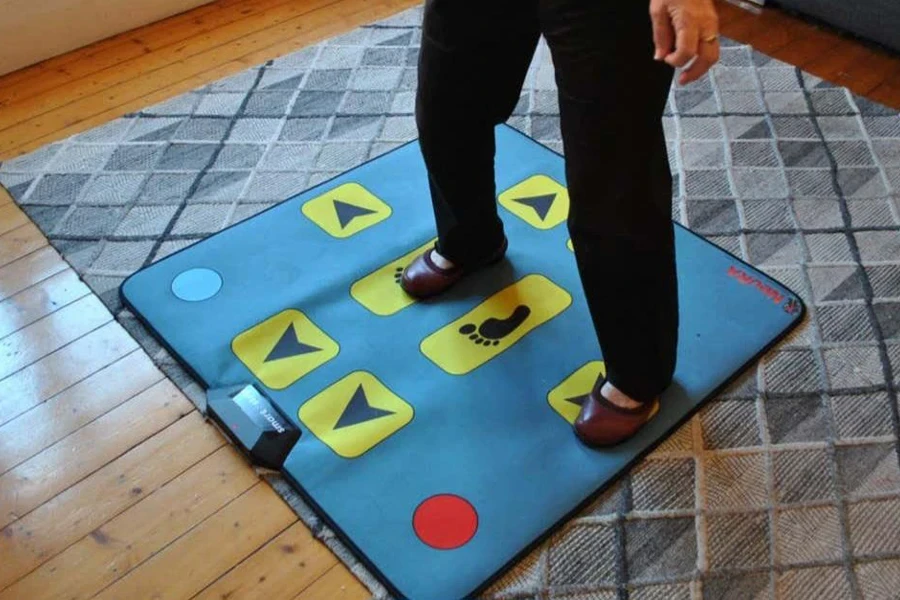
Soft dance pads offer a fun, accessible way for people of all ages and fitness levels to get active. They feature soft materials, making them easy to fold and store when not in use. In addition, soft pads are forgiving and have a lower impact than traditional dance workouts.
This means that soft pads are perfect for children and adults with joint limitations. Their portability and affordability make them great choices for home exercise. Plus, they are compatible with video games and dance fitness programs, making them an entry-level and convenient workout option without needing gym memberships.
Hard pads
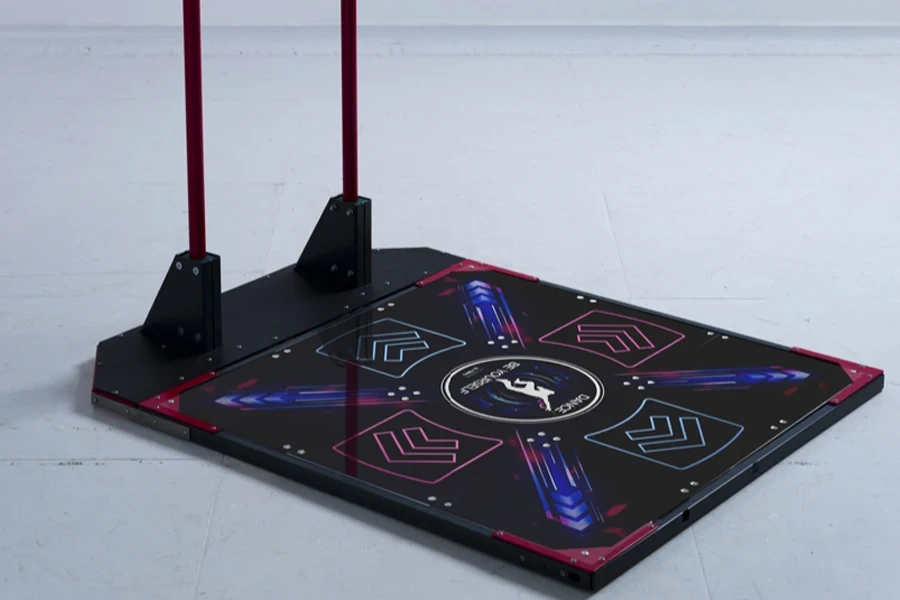
Hard dance pads are incredibly durable and withstand rigorous use compared to their softer counterparts. Hence, they are ideal for heavy dance enthusiasts or commercial settings like arcades. More importantly, their hard surface provides a more responsive playing experience, allowing for faster and more precise movements compared to softer pads that may absorb some of the impact.
Another great thing about hard pads is their sturdier construction. It makes them more stable during use, especially for sessions involving jumps or spins. This is why hard dance pads greatly reduce the risk of slipping and potential injuries.
Hard dance pads come in various configurations, some featuring dedicated panels for specific foot placements or additional buttons for more complex dance moves. This handy feature caters to experienced dancers who want pads that mimic the arcade experience.
Arcade pads
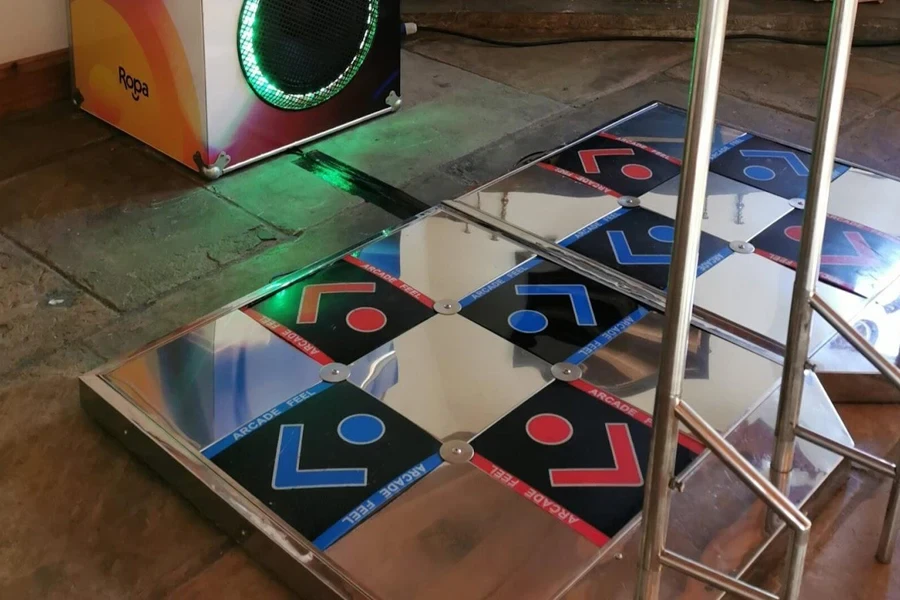
Hard pads may offer the arcade experience but are only replicas intended for home use. Arcade dance pads provide the closest thing to dancing games in their original setting, appealing to those looking for a vintage arcade experience. These pads often have additional buttons beyond the basic arrow directions, allowing for more complex dance moves and wider gameplay options.
4 aspects sellers must consider when choosing dance pads
1. Skill level & usage

Business buyers must first understand that dance pads aren’t a one-size-fits-all product. Consumers have different skill levels and usage requirements, so considering both factors will help businesses provide a well-rounded dance pad selection that meets a wider range of customer needs. Businesses can divide their consumer base into beginner and advanced dancers for skill level.
For beginners, a soft, newbie-friendly dance pad will be the ideal option. Why? Because they will avoid complex steps, noise, or high prices. Also, these beginners can enjoy a positive first experience and feel encouraged to use their dance pads continuously. Contrarily, high-end hard pads with responsive panels and extra features keep skilled players challenged and prevent them from outgrowing the offered inventory, especially when they want an upgrade.
The usage aspect divides customers into casual and dedicated. If consumers want fun exercises, they won’t need the same investment as competitive gamers. Having options at varying price points caters to both usage requirements. If the target market includes older users or those with joint issues, soft pads are crucial to offer alongside harder options.
2. Game compatibility
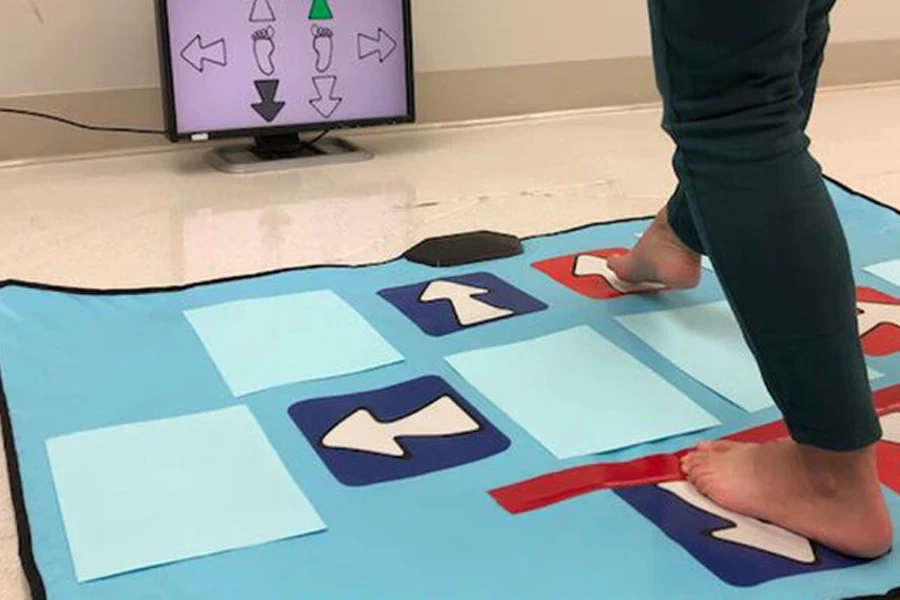
Customers want pads that seamlessly work with their favorite games and fitness programs. A pad compatible with limited software loses its appeal and limits customer enjoyment. Incompatible pads can also lead to a frustrating experience with missed inputs, lags, or outright refusal to function, potentially leading to returns.
Offering pads compatible with popular dance games and fitness programs exposes the retailer’s store to different user communities, increasing potential sales. Luckily, finding compatible pads is not much of a hassle. Business buyers must only focus on a few things.
What to look for in a compatible dance pad
First, customers often have specific games or fitness programs in mind. They’ll want to know if the pad works with their chosen software. So, retailers must ensure the pads they offer can work on such programs. Some popular ones to focus on include Dance Dance Revolution, Pump It Up, StepMania, Just Dance Series, Zumba Fitness, Dance Central Series, and Fitness Boxing Series
Does the pad connect via USB, Bluetooth, or a specialized console dongle? Is it compatible with popular game consoles like, Playstation, Xbox, etc.? Some dance games also require specific button configurations beyond basic arrows, so check if the offered pads have these extra elements.
Making compatibility a selling point
Business buyers can easily turn compatibility into a selling point. One way to do that is by listing compatible games, programs, and platforms for each dance pad listing. This tactic applies to both in-store and online retailers.
Online businesses can also offer compatibility guides or search filters on their websites to help customers find the right pads for their needs. They may also consider partnering with local fitness studios or dance instructors who might recommend retailers if they supply compatible equipment for their classes.
3. Material & build quality

Durable, well-made pads provide the stability and responsiveness players need for an enjoyable and successful experience. Flimsy or unreliable pads simply can’t offer the same experience and will only lead to frustration and dissatisfaction. Nonetheless, high-quality pads can withstand regular use—but different materials cater to various needs.
Remember that soft pads are easier on the joint for beginners, while hard pads are better for serious dance gamers because of their responsiveness. Materials are what give each type its appealing features. Beyond that, sturdy construction and quality materials show customers that businesses prioritize long-lasting equipment, even if the initial price may be slightly higher.
Here’s a breakdown of common materials used in dance pad construction.
| Dance pad type | Surface material | Sensor material | Base material |
| Soft pads | Often foam or rubber for cushioning and some grip. | Pressure-sensitive fabric or foam sensors. | Lightweight plastic or wood for basic support. |
| Hard pads | Polycarbonate or acrylic sheets for rigid and responsive platforms. | Metal contacts or pressure-sensitive membranes. | Metal or heavy-duty plastic for sturdiness and durability. |
| Hybrid pads | These pads may incorporate a semi-rigid surface for some responsiveness and foam inserts for cushioning. | ||
Additional considerations
Regardless of material, dance pads have bottom surfaces that prevent them from sliding during play. They should also have sturdy, reinforced cables to avoid damage during setup and movement. Some hard pads offer replaceable panels or sensors, ensuring their longevity.
4. Consumer’s available space
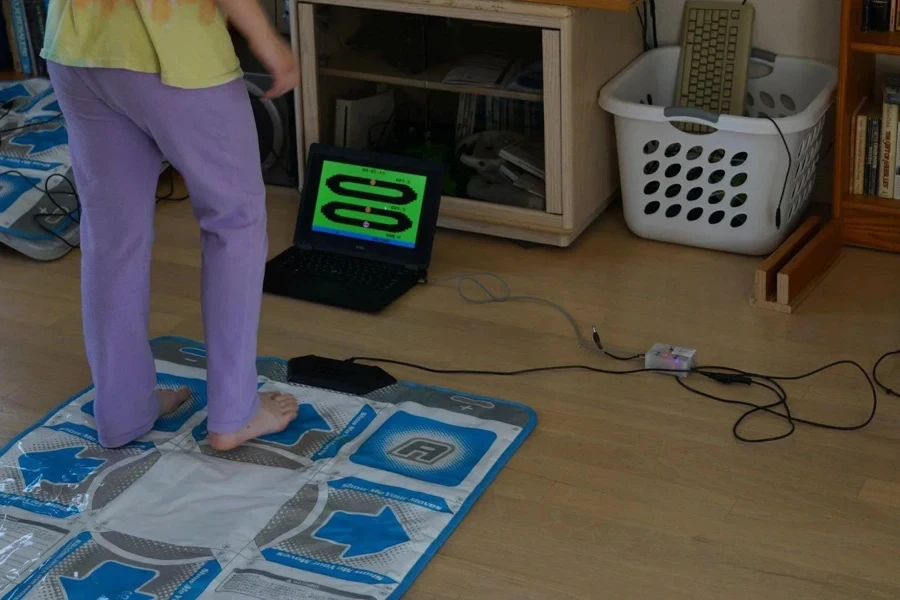
Not everyone has a dedicated gaming room or large open space. Stocking pads of various sizes ensures the retailer’s inventory aligns with the living situations of their target customer base. Plus, offering dance pads suitable for small apartments, dorm rooms, or bedrooms widens the customer base. That way, businesses won’t exclude people because they don’t meet the size requirements.
In addition, some hard dance pads have modular designs, allowing consumers to adjust individual panels based on the available space. Check the table below for more information on dance pad sizing.
| Dance pad size | Typical dimensions (Approx.) | Ideal setting |
| Compact soft pad | 30 inches x 30 inches (similar to small bath mats) | Small apartments, dorm rooms, and limited spaces |
| Standard soft pads | About 30 inches wide and 35-40 inches long (closer to standard doormats) | Home with some dedicated floor space |
| Hard pads (single pads) | 18 inches by 18 inches (similar to a single large floor tile) | |
| Multi-panel hard pads (standard four arrows) | Combines several single panels (varies by brand) | Requires significant floor space. |
| Multi-panel hard pads (5-panel, etc.) | Even larger than standard 4-arrow setups. | Requires dedicated gaming rooms or arcades. |
Rounding up
The dance pad market is poised for significant growth. As virtual reality, fitness gaming, and even educational applications continue to embrace this technology, there’s no better time than now for businesses to establish themselves in the niche. By understanding the factors outlined in this article, retailers will be at the top of their game, ready to capitalize on this exciting market and cater to the 22,200 customers searching for dance pads in 2024.
Remember to subscribe to the Chovm Reads Sports section for the latest updates and more topics.




